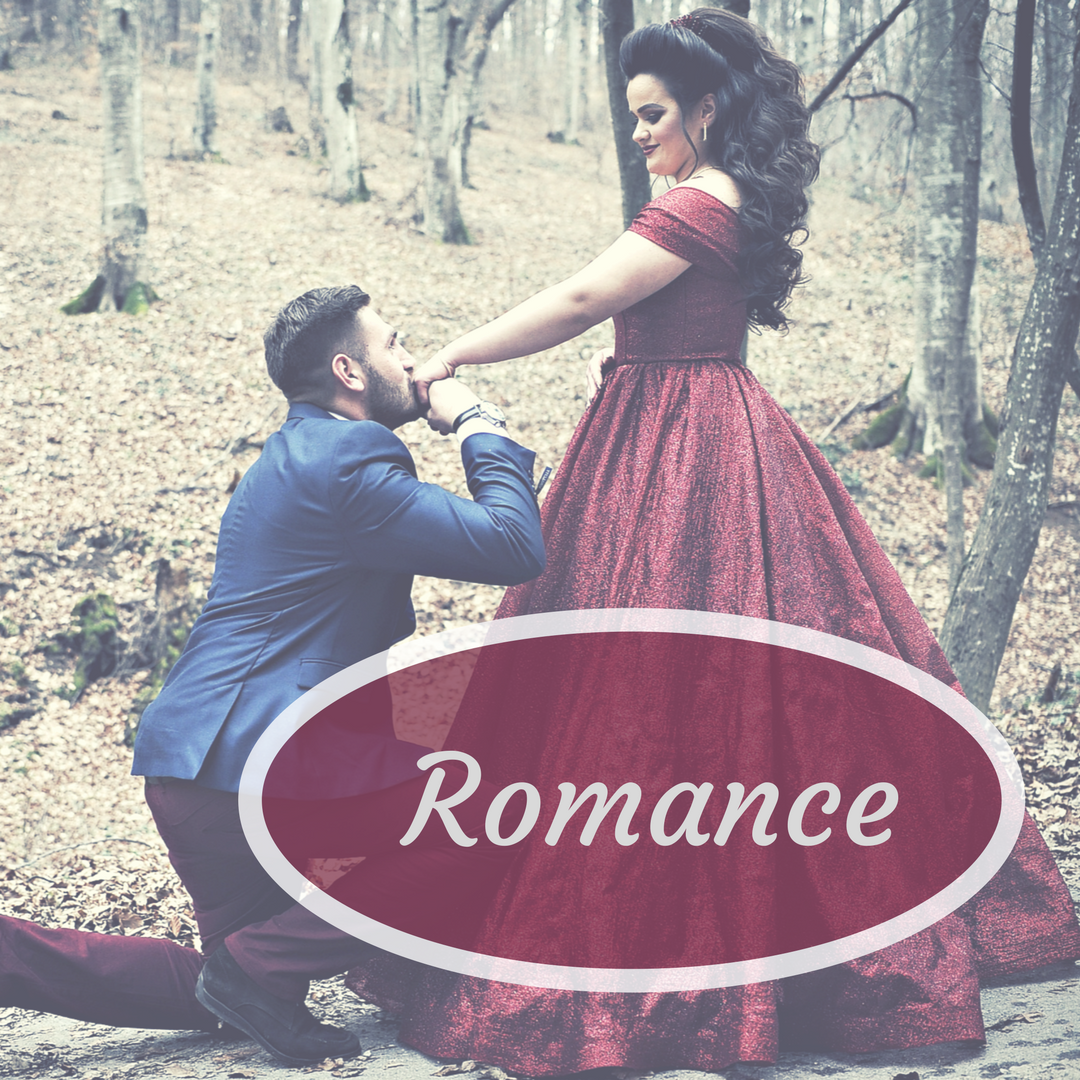With my cursor at Chapter 1 in my WWII historical fiction novel, I hit Ctrl+Enter and sighed. Beginning a book all over again wasn’t what I had in mind. I liked this chapter. I mean, really liked it, even though everyone else said it wasn’t quite right. Forever, why? Why must I abandon these pages and start fresh, like erasing a favorite drawing of a flower but one petal was lopsided.
Two contests, a writing conference, and two agents later, my intuition solidified into a clear direction of where this chapter needed to begin. None of the critics’ comments were overly negative, and most of them enjoyed the few chapters I had submitted. But my first chapter lacked … heart, GPC (goal, problem, care), and solid reasons why things were happening the very moment the story began.
Beginnings
How many of you have revisited this elusive beginning, struggling to create a first chapter that pops! off the page?
I’ve always struggled to write beginnings. I’m sure I’m not the only one—and there are writers who dislike middles and endings, too.
Who are these characters, what is their goal and problem, and why do you want readers to care?
In addition to Goal, Problem, and Care, here are three things I learned about editing the first chapter that helped me introduce the GPC:
- Introduce main characters and continuing action early in the first page.Your readers must have a reason to continue to the second and third page and eventually the last page in as few sittings as possible. Maybe your character is afraid to drive over a bridge but must because her boyfriend sent her on a scavenger hunt, or perhaps your character must capture a rattlesnake because his friend dared him. Your first page should pop! with action that includes a huge goal with a problem your main characters must overcome by the book’s end.
- Give your characters lively dialogue.You want your readers to laugh and relate with your characters. The old “How are you?” “I’m fine, how are you?” type of dialogue doesn’t work anymore.
- Don’t overwrite.Simple is always best. Make Strunk and White proud of you!
Simple writing is sometimes hard for me because I love to describe things; however, too much is not good and hurts your writing and may frustrate your readers. I love reading Anne of Green Gables, but I have a hard time staying engaged with the verbose descriptions; in Ms. Montgomery’s defense, her readers enjoyed lengthy descriptions. Today’s readers want a quick read they can enjoy.
After taking an honest and humble look at my first chapter based on the judges’ and agents’ comments, I’m glad I started over. I spent a few days pounding out a new first chapter, and it’s stronger because I’ve given my characters a goal to look forward to, a problem that stands in their way, and my readers something to care about.
Now, excuse me while I edit this post to ensure I’ve engaged you, helped you relate, and caused you to want to continue reading it.
Discussion: What is your WIP’s first chapter about? Can you describe it in Goal, Problem, and Care?
Bio:
Owner of TM Editorial, Tisha Martin specializes in historical fiction, academic editing, and creative nonfiction. An active member of American Christian Fiction Writers and The Christian PEN, she appreciates the writing and editing communities. Tisha is editor and proofreader for beginning and best-selling writers, professional editing agencies, and publishing houses. As Assistant Director of PENCON, a conference for editors, she enjoys organizing the conference, networking, and sharing news on PENCON’s Facebook Page. Connect with Tisha on Facebook, Instagram, or follow her Pinterest board for writers and editors.



 We love helping your growing in your writing career.
We love helping your growing in your writing career.
10 Comments
Great advice and very timely, indeed. Thank you for sharing your wisdom.
Kass, I’m glad it was helpful to you. Thank you for taking the time to read and comment. All the best to you in your writing endeavors.
Tish, I must be honest. This is the first time I heard of G P C. Thank you for teaching me something new. My WIP has GPC. I just didn’t know what it was. Thanks again for your informative post.
Cherrilynn, there is a method called GMC: Goal, Motivation, Conflict. However, by switching it up and adjusting it to GPC: Goal, Problem, Conflict, it’s easier to wrap my mind around what should be in that first chapter to really make it pop!
Care, not Conflict. (I seriously need to trim down my fingernails or get new glasses.) 😉
Great post. I appreciated the reminder to make that first scene pop! and that today’s readers can’t tolerate what those of the past have been accustomed to. Creating obstacles to that goal = tension. Thus, the reader continues to read 🙂 Thanks for sharing your wisdom here, Tisha
Mary, isn’t it great to see how writing has transcended through the eras? Yes! Tension is always good in a story—that’s what keeps us all turning the page! Thank you for reading.
Just because I’m an editor doesn’t mean I’m perfect. I just noticed an error! This sentence “Why must I abandon these pages and start fresh, like erasing a favorite drawing of a flower but one petal was lopsided” needs to be edited. (The act of editing never ends, so we gotta stop sometime, right?) The “but one petal was lopsided” needs to be changed to “because one petal was lopsided.”
So nice to see you here, Tisha! I’m so tired of revising the first chapter of my WIP! I was 11 chapters in but had to go back because Ch 1 was nagging me. I wrote an entirely new chapter from a different character’s viewpoint. I like the chapter, but I don’t think it’s Ch 1. I think it needs to be Ch 2…which means…back to a new Ch 1! But that’s okay. I know the effort will pay off, and I’ll get to jump back to the middle of my story…some day. 🙂 Maybe GPC will help me write the beginning that will work this time.
Karen, I totally understand your pain and frustration. To let you in on a little secret: I rewrote my first chapter more than 12 times before I was satisfied. And I’m *still* tweaking a bit here and there. Writing editing never stops—so we have to stop when it’s good or else we’d go bonkers. May I suggest something? Don’t fret over your first chapter right now, but rather focus on finishing the novel. This way, you can see the end result, what works up to your climax and resolution, and how your characters deal with issues throughout the book. Then perhaps you will see the perfect solution for a perfect beginning chapter! All the best to you, my friend!